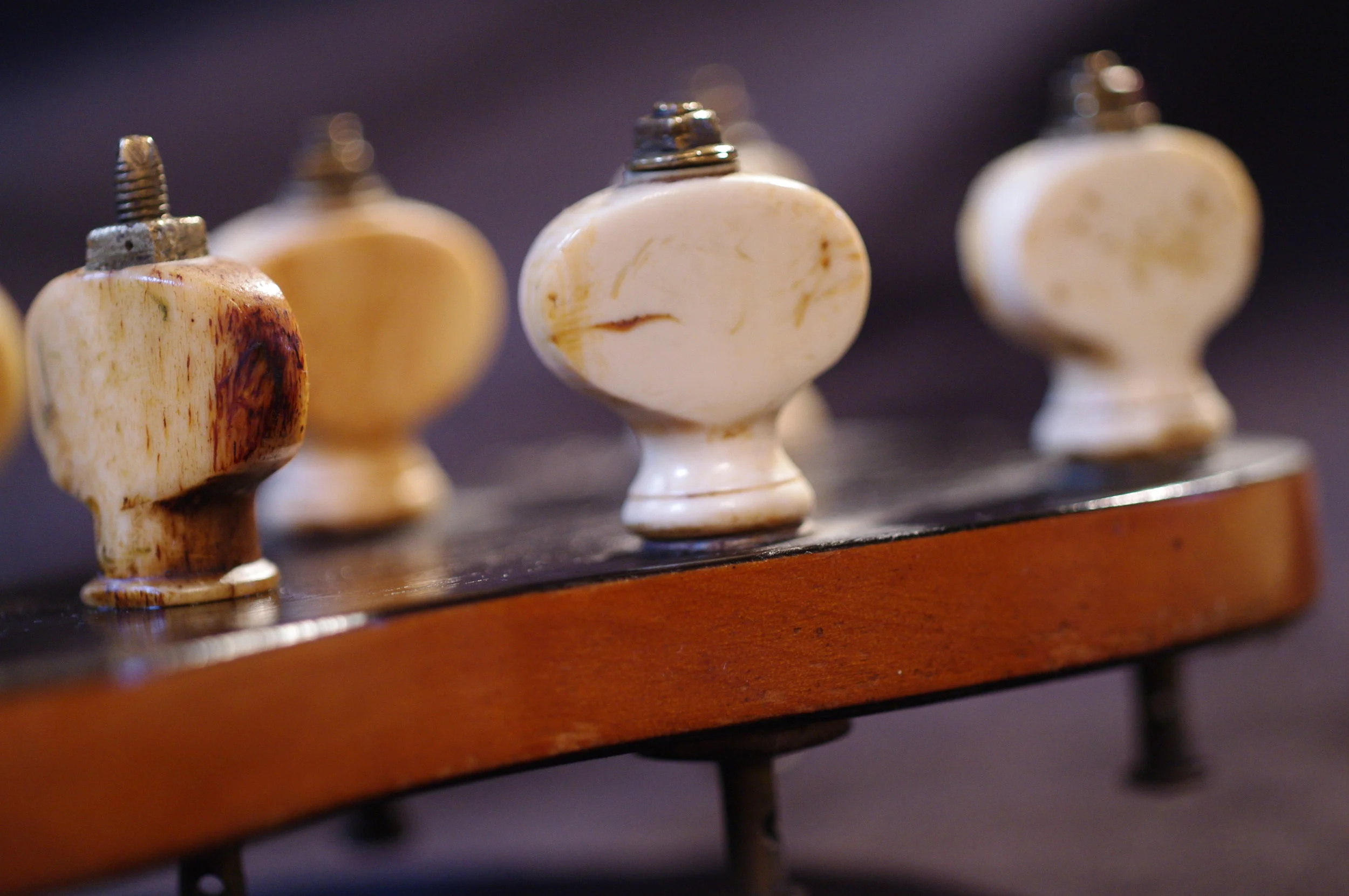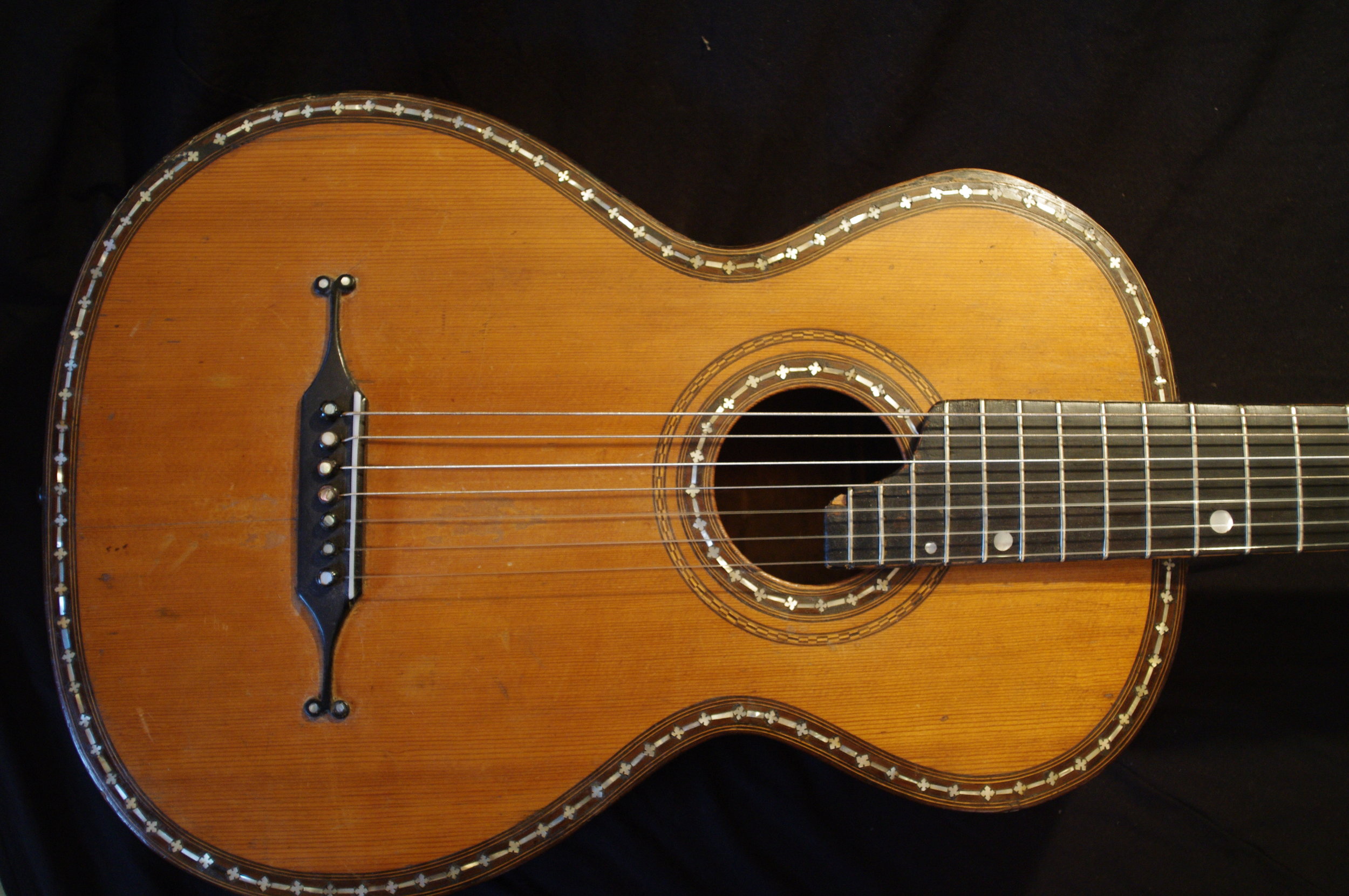
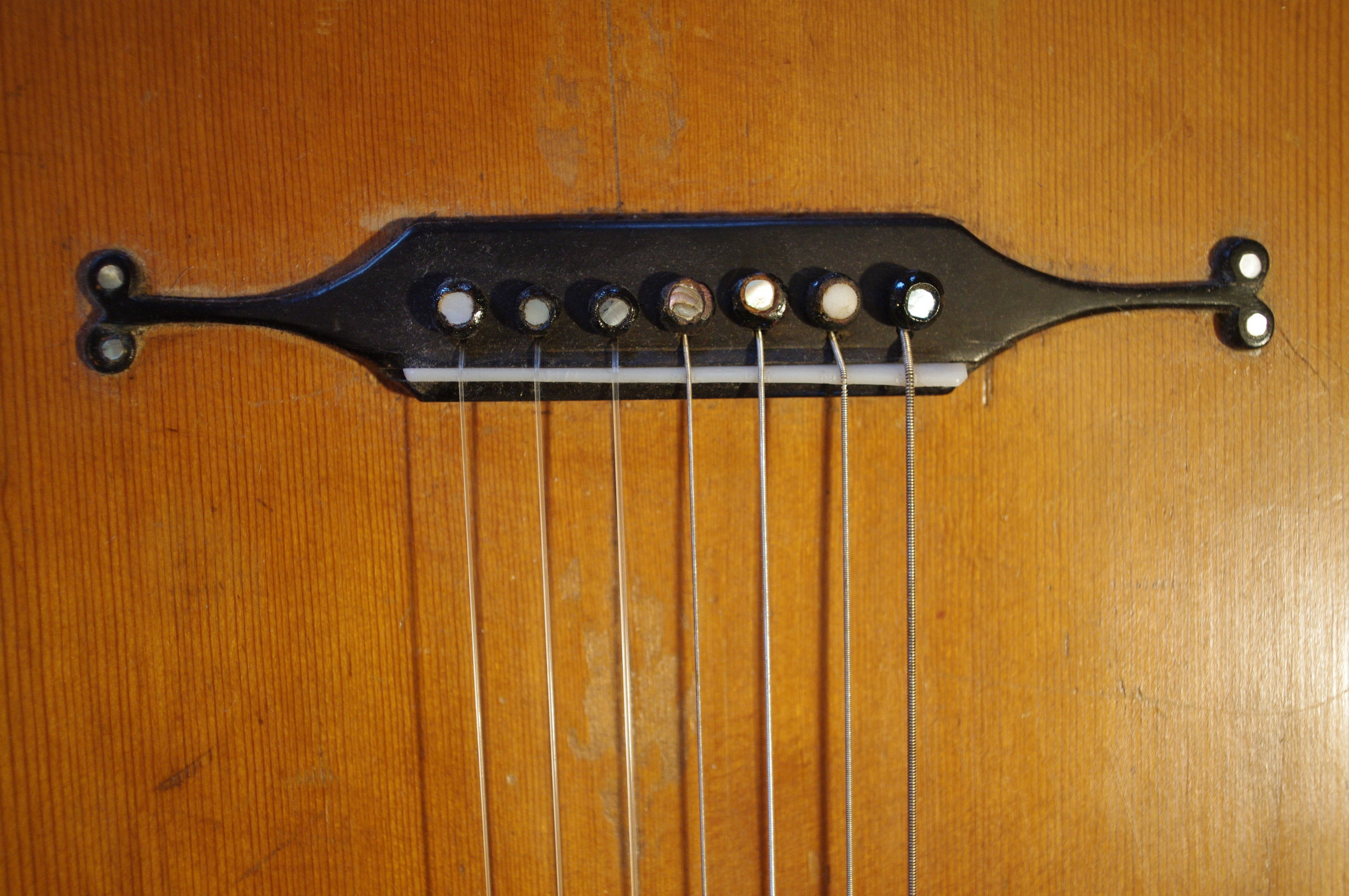
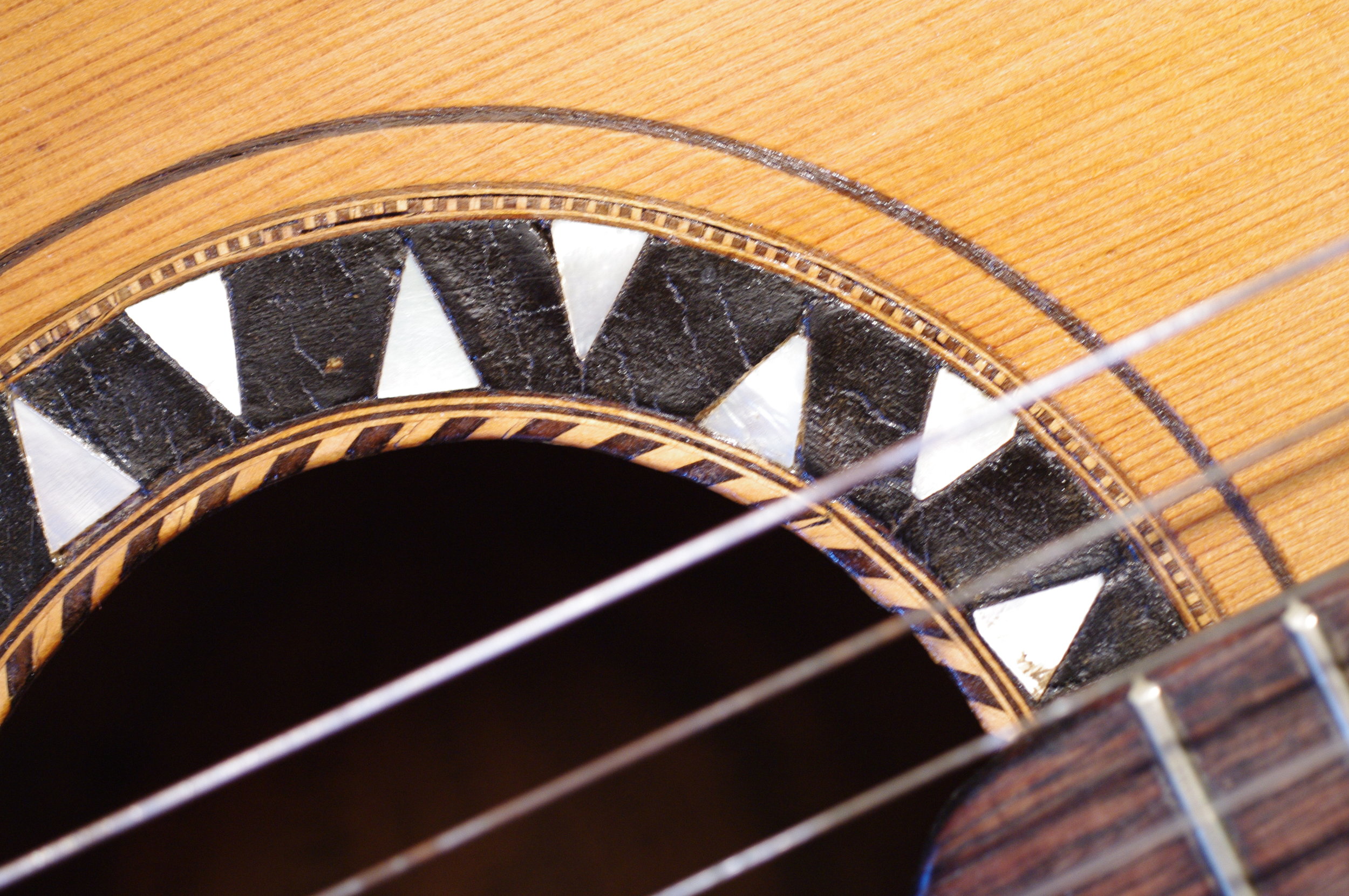
The Russian seven-string guitar is one of Russia’s best kept national secrets: from its inception in the 1790s until the end of the 20th century, it barely appeared outside its motherland. Nor was it particularly visible in post-Revolutionary Russia, unjustly associated only with White Army officers, aristocracy, merchants, and, of course, Gypsies. All of these were wrong associations in the context of Soviet mass songs, collectivization and industrialization, and the Russian national treasure –– the seven-string guitar –– has been thoroughly neglected. The real revival of this tradition is happening today, in Iowa! All the guitarists of the world who are interested in the Russian guitar tradition –– and every year we have more and more of such people! –– can come for a few days to the “Mecca of the Russian Guitar revival” (Iowa City, IA) and learn things that they can't learn anywhere else.



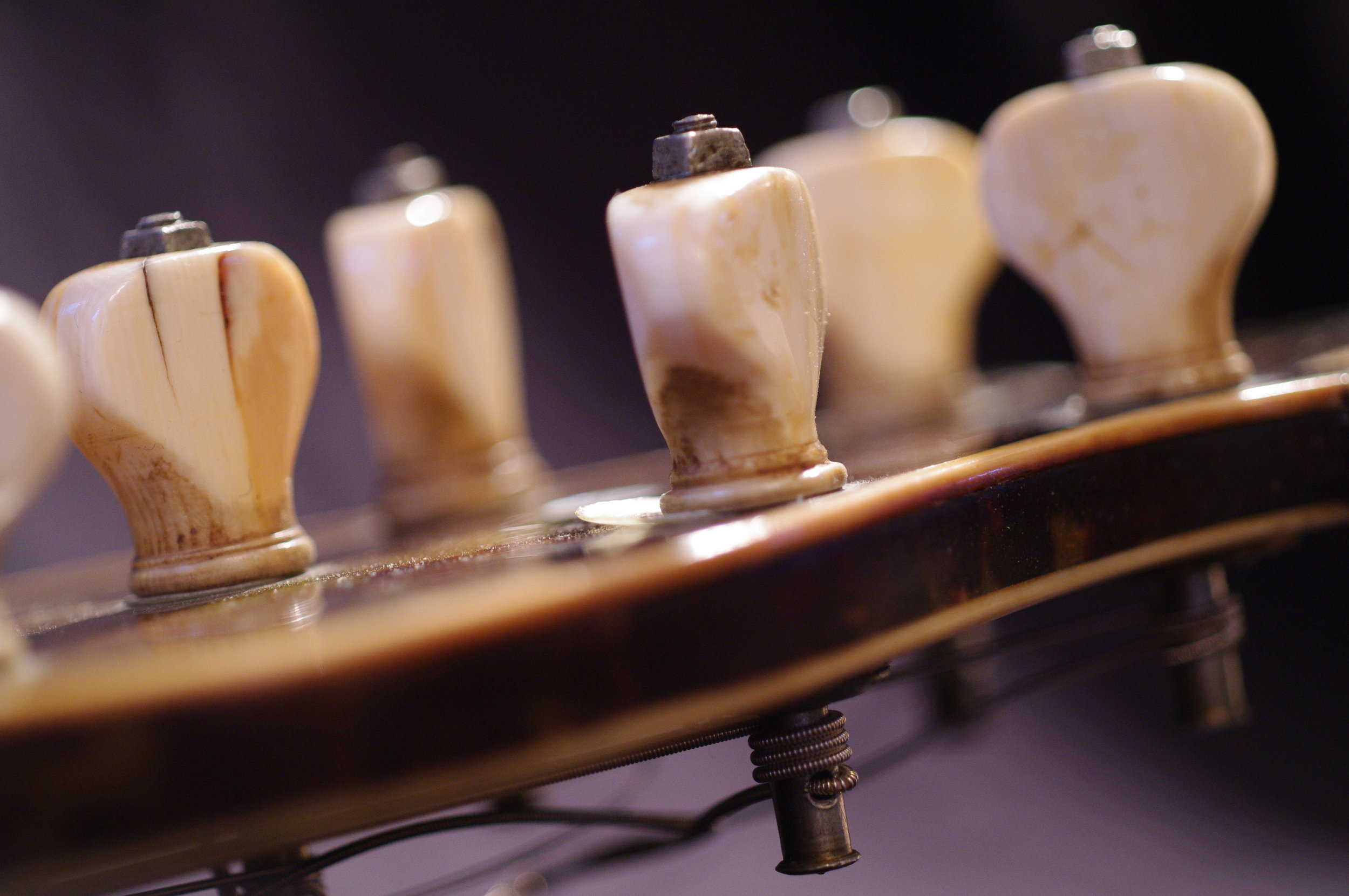
The physical appearance of the Russian guitar is not that different from that of the Spanish guitar, and only a perceptive audience member may notice that all the chord shapes look different. The thing is, it’s not about the number of strings (7 vs. 6), but rather about the "open-G” tuning: DGBdgbd’. The instrument was invented in Russia by Czech and Polish musicians, who created a hybrid of the English cittern in chordal tuning that they were playing and the Spanish guitar. The earliest Russian guitars from the beginning of the 19th century look as ornate and precious as Fabergé eggs, with lots of mother-of-pearl inlays and tortoise decorations. Later in the century, following the Viennese tradition, the Russian guitar acquired a second neck, technically becoming a 10–12 string guitar. But publishers and instrument makers kept referring to it as the “seven-string guitar” –– just because it was more about the tuning, performance practice, and repertoire.

